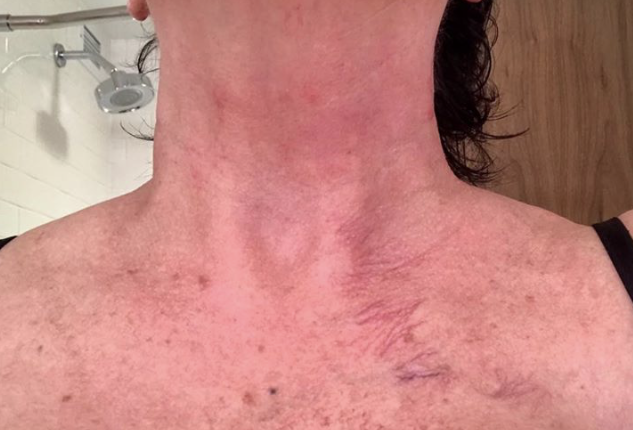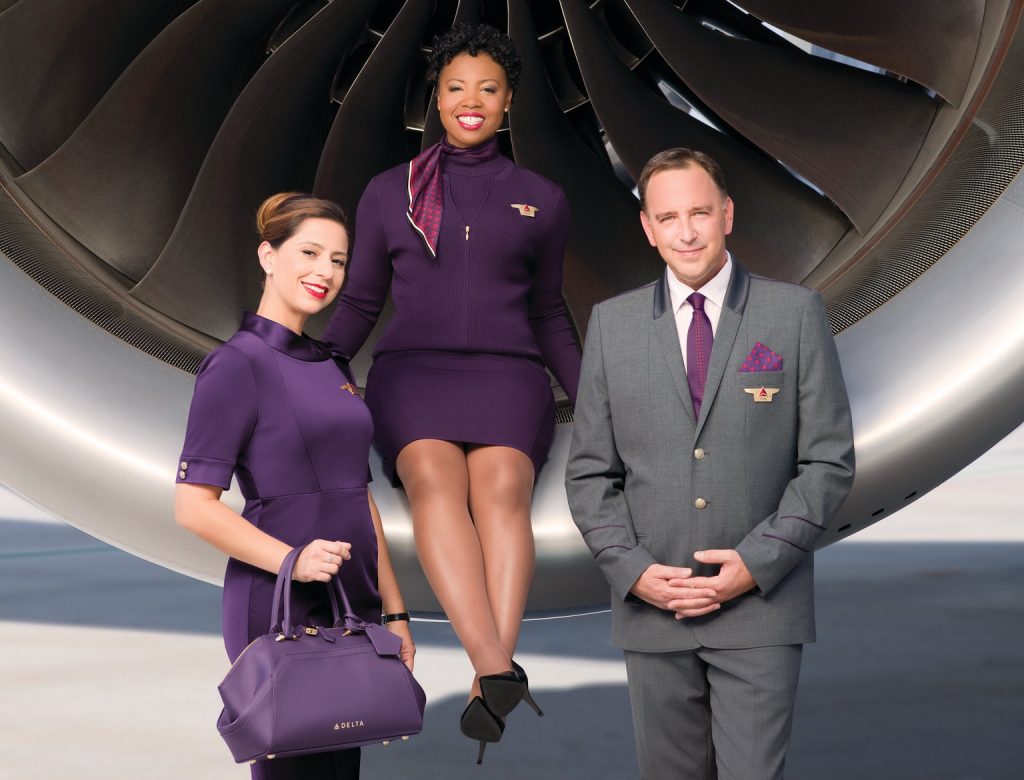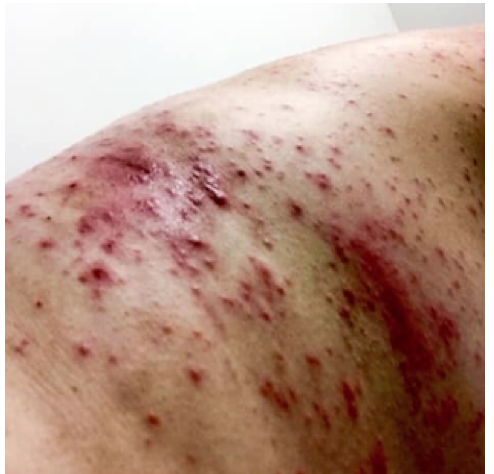
Painful itchy rashes, hives, shortness of breath and itchy sore eyes – they are just some of the symptoms that have been linked to the new Delta Air Lines uniform which was rolled out to more than 64,000 uniformed employees last year. Now, the National Institute of Occupational Safety and Health (NIOSH) which is part of the Center for Disease Control (CDC) says it will start an official inquiry within the next few weeks.
The news comes just days after pressure mounted on Atlanta-based Delta Air Lines to admit there was a problem after a growing number of flight attendants admitted they have been frightened to speak out because they feared “retribution” from the airline. As recently as last week, Delta continued to downplay the uniform-related health problems, claiming in an internal memo that only a “small number” of complaints had been received about the new uniform.
The International Association of Machinists and Aerospace Workers (IAM), however, claims “countless” flight attendants have been affected. The union, which doesn’t actually represent Delta flight attendants but is fighting a campaign to win that right, says flight attendants fear they will be removed from duties without pay or even sacked if they speak out.

A secret Facebook group where flight attendants can share their stories of adverse health effects from the new uniform has been forced to remove all mention of Delta after lawyers representing the airline approached the group’s administrators. Critics claim the move was part of a concerted attempt by the airline to shut down calls for an investigation.
Tellingly, Delta has actually allowed some workers who have suffered reactions to the uniform to switch to their own black suits.
Delta introduced its Zac Posen-designed ‘Passport Plum’ uniforms last year after an extensive three-year design process. Produced by Lands’ End, the uniforms were subject to a stringent wear test by over 1,000 Delta employees before they went into mass production.
But while Delta told officials that the wear-test uniforms were manufactured in the United States by reputable producers, that’s not the case for the uniforms flight attendants are now wearing. Representatives from NIOSH have apparently expressed concern about this change.

A Harvard University study into similar health complaints suffered by Alaska Airlines flight attendants between 2011 and 2014 also pointed to the introduction of a new uniform as the primary cause.
Researchers concluded that chemicals found in the uniforms could cause severe reactions such as skin rashes and itchiness, as well as respiratory and allergic symptoms. Chemicals like formaldehyde and pesticides which have been found in uniform clothing are more likely to be released and absorbed into the bodies of flight attendants because of the UV radiation and ozone chemistry found in aircraft cabins.
Unlike the European Union, which has legal regulations on the types and levels of chemicals used in clothing production, manufacturers in the United States only have a voluntary code which they are not compelled to abide by.
The Alaska Airlines uniforms were produced by TwinHill who were also responsible for the disastrous American Airlines uniform – the Association of Professional Flight Attendants says nearly 5,000 flight attendants have suffered similar reactions following the 2016 debut of American’s uniform. Some estimates, though, put that figure as high as 7,000.
American Airlines decided to ditch its contract with TwinHill following the debacle and awarded the tender to Lands’ End based on the apparent success of the Delta uniform project.
Mateusz Maszczynski honed his skills as an international flight attendant at the most prominent airline in the Middle East and has been flying ever since... most recently for a well known European airline. Matt is passionate about the aviation industry and has become an expert in passenger experience and human-centric stories. Always keeping an ear close to the ground, Matt's industry insights, analysis and news coverage is frequently relied upon by some of the biggest names in journalism.







